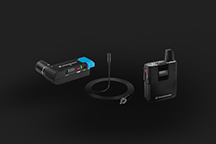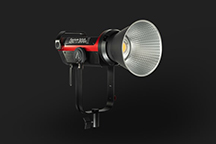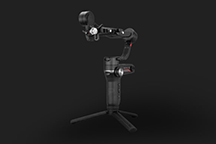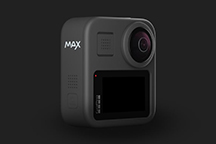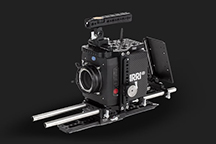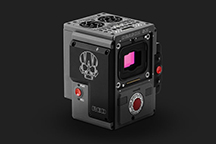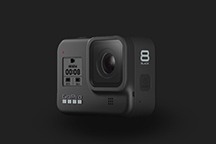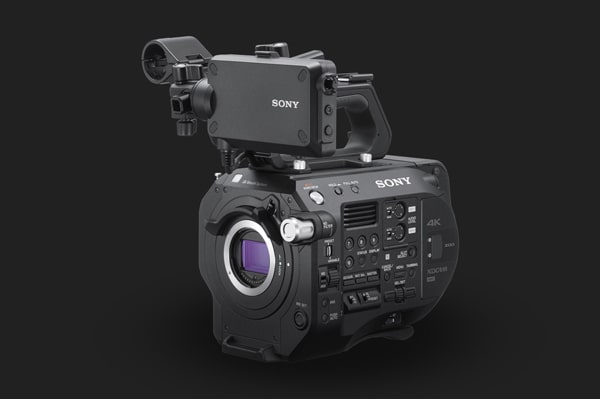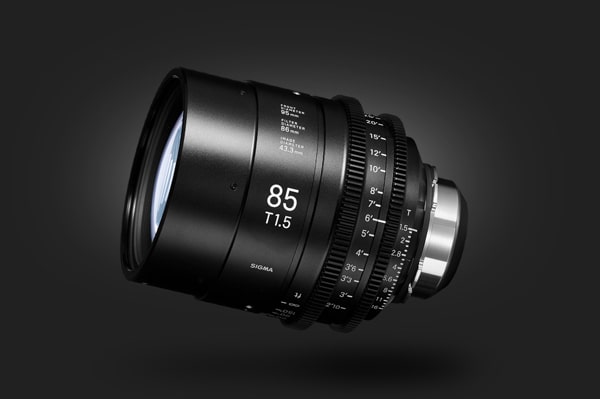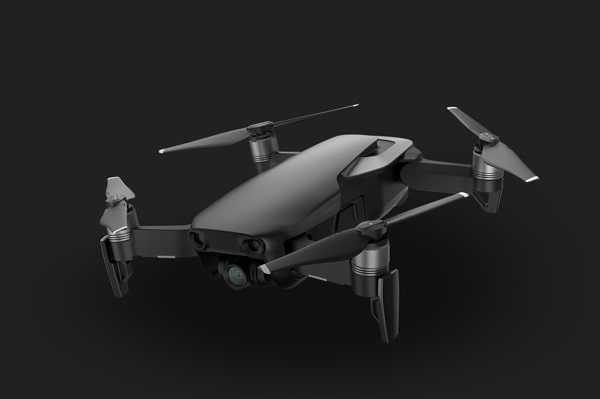Trusted by
30,000+
filmmakers
Feedback
4.97/5
12,342 reviews
Choose from
20,000+
listings
Articles


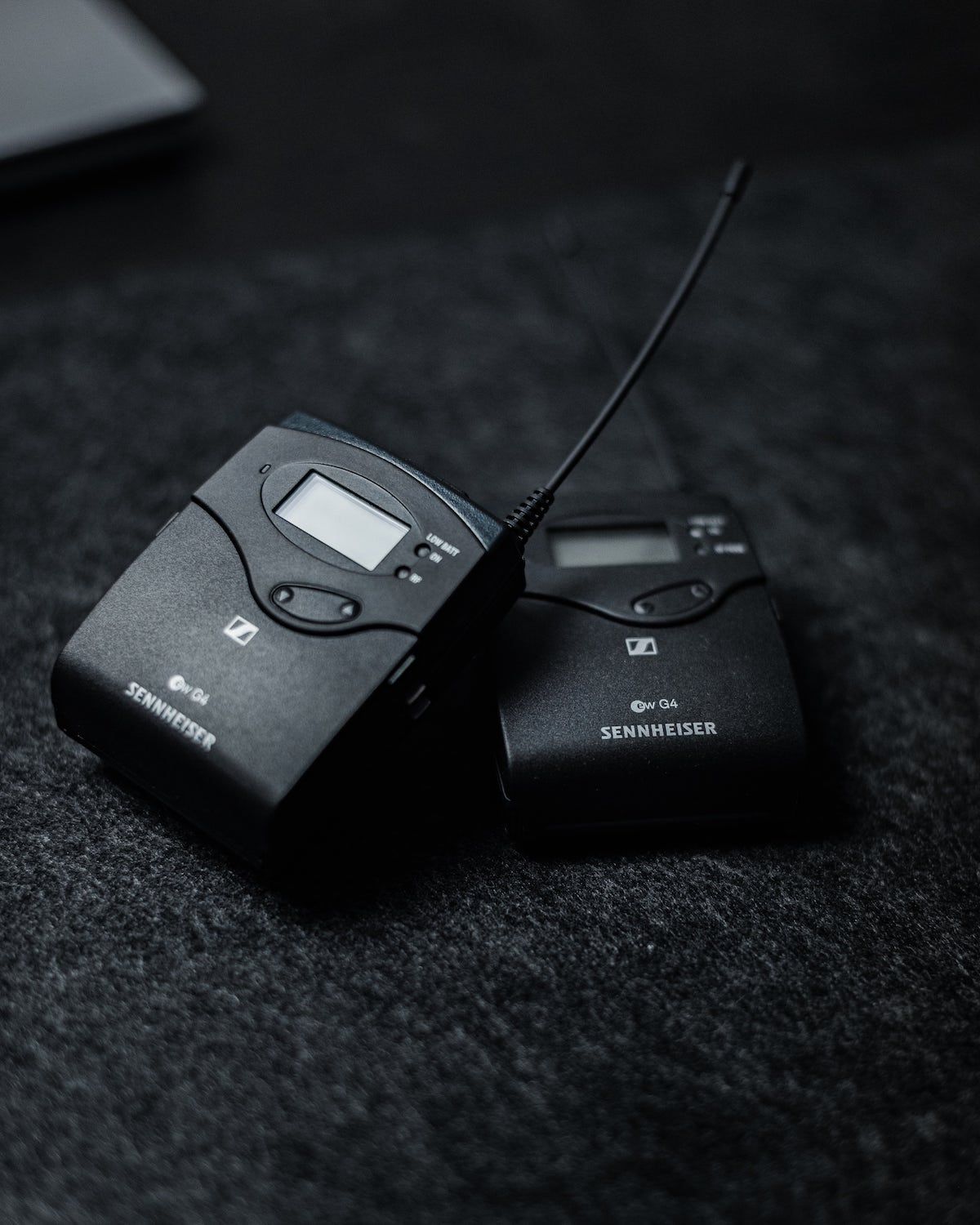
9 Best Wireless Microphones for Quality Sound & 2 Factors to Consider
2022-11-20
•8 minutes read

7 Best RØDE Microphones for Better Vocals & 3 Key Features to Consider
2022-09-06
•8 minutes read
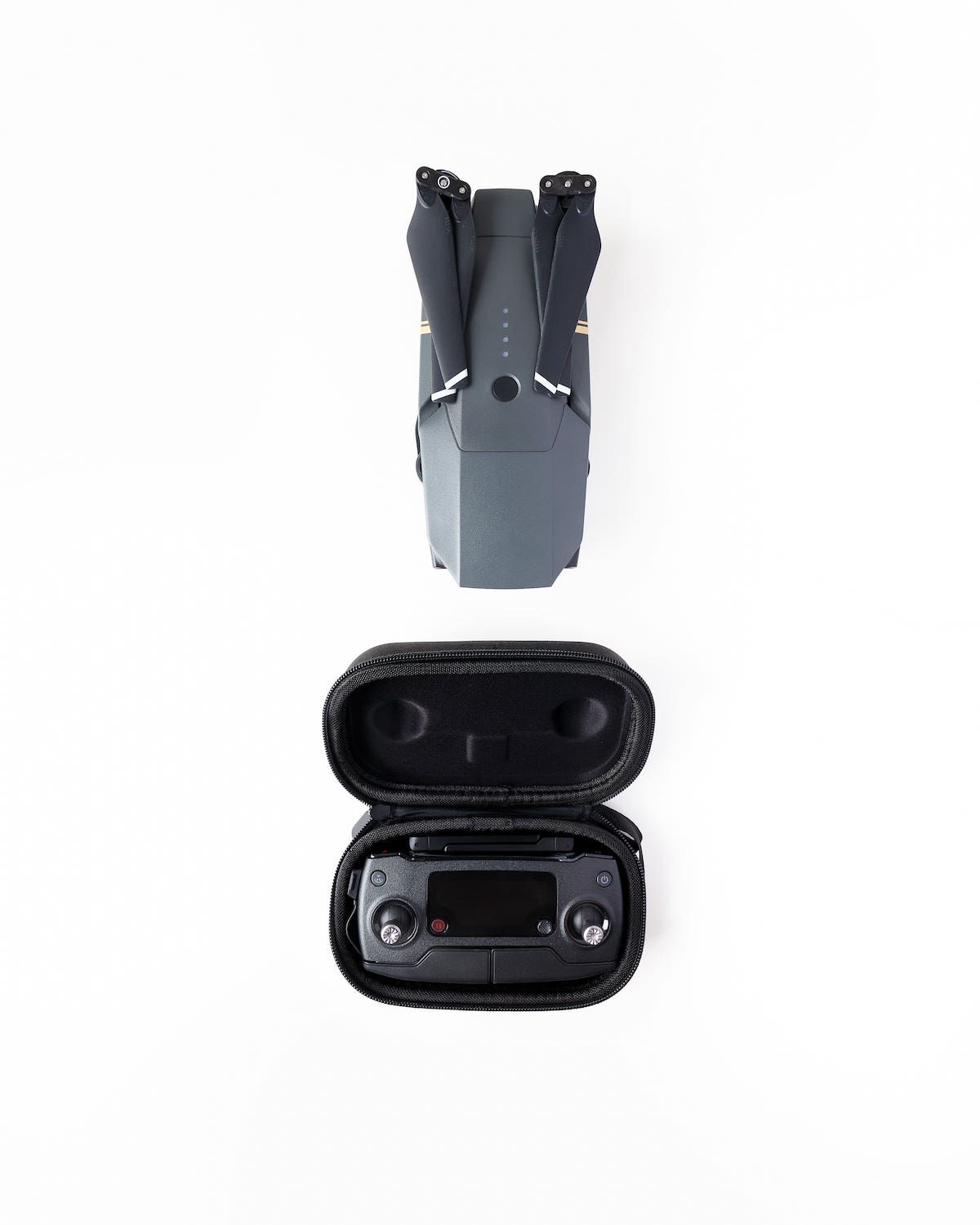

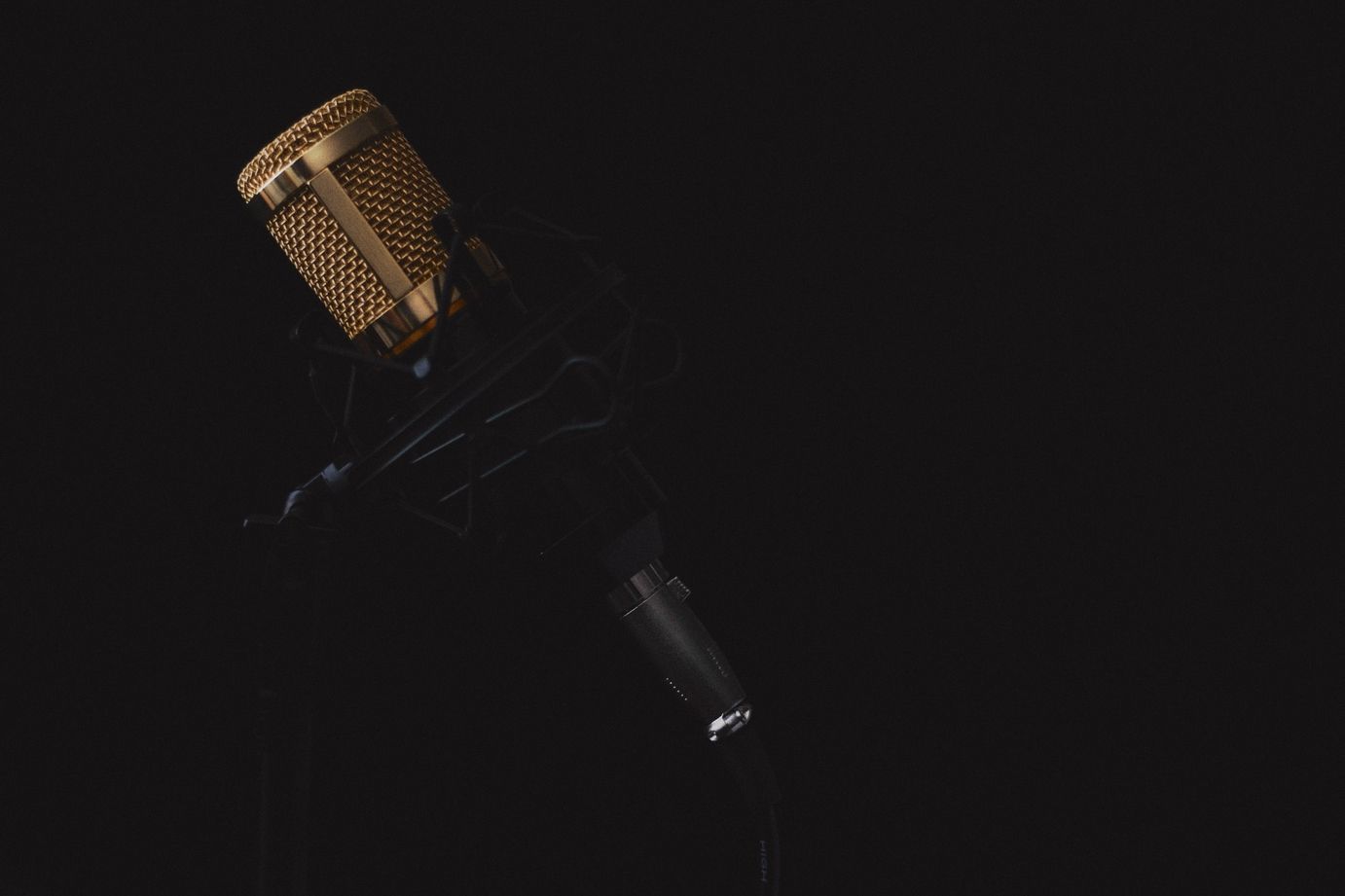

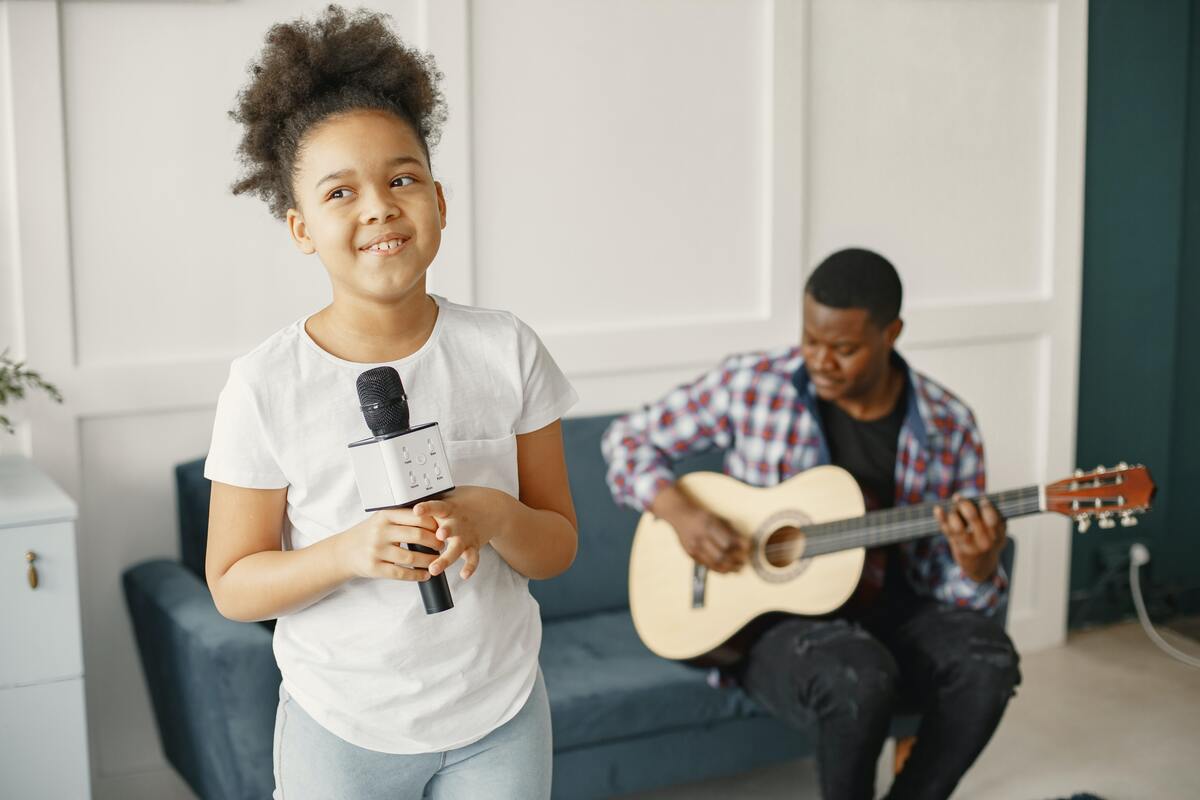
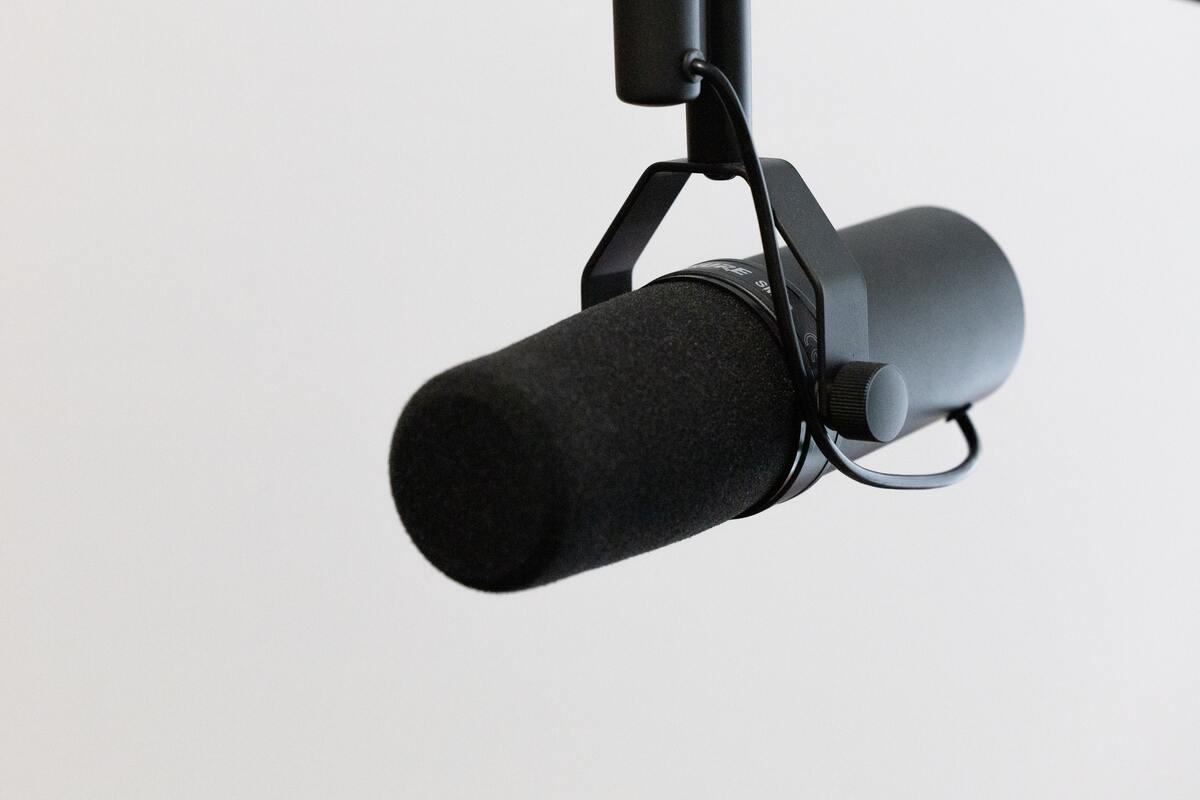
Description
FAQ
How to Select Your Boom Microphone
Introduction
Boom mics are an essential part of any shooting scenario. They're a must for interviews, voice-overs, and more. A boom mic is typically a small clip-on microphone that's attached to the stand and positioned above the subject's head. This allows you to record sound directly from your subject without picking up ambient noise or background noise from other sources. Before you make this important purchase, there are some things you need to consider:
What kind of microphone do I need?
What factors should I consider when buying a new or used microphone?
When should I rent instead?
How do I use my new boom mic once it arrives at my door step?
What is a Boom Microphone?
The boom mic is the microphone that hangs over the shoulder of a news reporter or actor. It's also called a "shock mount," "boom pole" or "boom."
A boom mic is made up of three parts: the base, which attaches to your camera; the extension arm that holds your actual microphone; and finally, your choice of head (or capsule). The head is what actually picks up sound--it can be omnidirectional (records audio from all directions) or unidirectional (only records sounds directly in front of it).
Boom mics come in two sizes: short or long. Short booms are good for close-ups on talent who are sitting down; long booms allow you to get farther away from them while still recording their voices clearly.
Types of Boom Mics.
The type of boom mic you need will depend on your intended use. If you're a filmmaker, it may be helpful to have one with a shock mount so that it can handle the vibrations from filming action scenes without picking up unwanted noises or rattles. For gamers, an omnidirectional head is ideal for picking up sound in all directions--so no matter where they look, they'll still be able to hear what's going on around them.
For musicians who are recording vocals or instruments with their computer or smartphone, having an omni-directional microphone helps pick up every note clearly without getting too much ambient noise from surrounding rooms (or fans). A cardioid pattern works better in this case because it focuses more directly on whoever is speaking into it while minimizing interference from other directions when recording podcasts outside of studios where there may be other people talking nearby--but if you're looking at buying something more affordable than those options above then try looking into dynamic mics instead since they tend not cost as much either!
Factors to Consider When Buying a Boom Mic
Cost
Budget
Type of mic (condenser, dynamic or ribbon)
Audio quality and level of sensitivity to sound (especially if you plan on recording vocals)
Size of the microphone and how it fits in your studio environment. If it's too big or too small, you might have trouble with placement and getting the right sound from your voice. * Weight: Some boom mics can be heavy enough that they'll pull down on your head while recording which makes it difficult to wear them comfortably over long periods of time
How do you Use a Boom Mic for filmmaking?
When you're filming with a boom mic, it's important to get the best sound possible. Here are some tips for using a boom microphone:
Make sure there's no wind or other interference in your recording area. A lot of filmmakers forget this step and then wonder why their audio is so poor!
Position the mic at least six inches from any speakers or other loud noises (such as traffic). This will help prevent feedback issues later on in post-production when you're editing together all your clips into one final video project.
Don't speak directly into the front end of your boom pole--it should be pointed toward whoever is being interviewed rather than at them directly. This helps prevent "popping" sounds caused by air escaping through their mouths while they speak, which can make it harder to understand what they're saying if not filtered out beforehand through special software algorithms designed specifically for eliminating unwanted noise such as these types
When to buy new vs. used Boom mics.
When deciding whether or not to buy a new or used boom microphone, it's important to consider your needs. If you're working on an indie film with a small budget and don't need the latest technology, purchasing an older model could be just what you need. On the other hand, if you're shooting in high-definition and want to ensure that every mic in use is up-to-date with today's standards, investing in new equipment might make more sense.
In addition to cost savings and environmental concerns (buying used means fewer resources will go into producing new products).
You may find better quality than what would be available at retail price point; this can lead directly into...
When to rent instead of buying.
Renting is a good option if you only need the mic for a short period of time.
Renting is also an excellent choice if you are not sure about your needs and want to try out different mics before making a purchase.
Another reason why renting may be preferable to buying is that it can save money, especially if you're on a budget or just starting out in audio production.
Buy or Rent Boom Microphones from Wedio.
Renting or buying your next boom mic from Wedio is a great way to ensure you get the right equipment for your needs.
When you rent from Wedio, our global coverage is included with all rentals ensuring you if an accident happens with your kit. If you choose to buy gear from Wedio, we offer Secure Escrow Payment and a third-party check of the camera equipment before delivery so that there are no surprises when it arrives!
Conclusion
We hope this article has helped you understand the basics of how to use and buy a boom microphone. We also want to remind you that if you're unsure about anything, there are many resources available to help with your filmmaking journey. Whether it's renting equipment from Wedio or asking questions on our forums, we would love for everyone who uses our services to feel comfortable asking questions!
A creator community.
Don’t take our word for it — listen to your peers.
Hire equipment from 20,000+ creators
Save up to 40% — all rentals covered.
Access pro equipment in your area
Choose from 19,500+ listings.
Keep great stories alive.
Frequently asked questions.
Why rent with Wedio?
1. Up to 40% more affordable.
500+ local lenders all waiting for your rental request.
2. Largest supply in your region.
Get inspired by 20,000+ listings with gear worth £40M+.
3. On-Demand Global Coverage.
Take the gear with you — capture the world with peace in mind.
How does Wedio Global Coverage works?
How do I get verified?
Our key responsibility is to ensure that the platform is safe for all of our members. As a result, we must verify all members who want to rent or rent out their gear through Wedio. Everyone wants to know that their equipment is in safe hands, right?
We pay extra attention to the security of our members. And due to your and your peer’s safety, we kindly ask our members to go through the verification process once you have created a profile.
Completing the verification form will only take you a couple of minutes and then our verification automation will take a look at it and inform you about the process. It can take up to 24 hours for our system to verify you, but most of the time it is way faster. The more information you share with us, the faster it will go.



